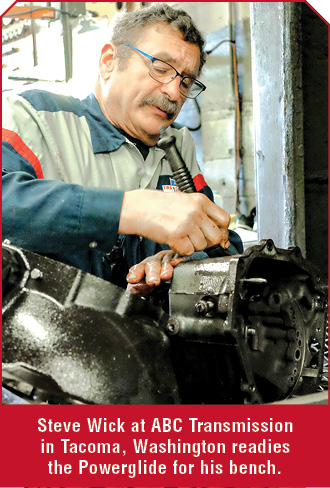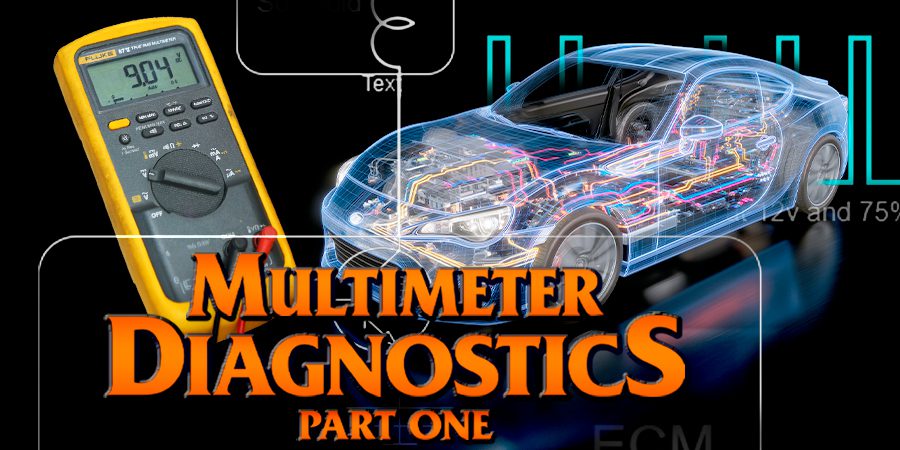I never expected the power glide transmission to operate. I was right. The transmission was in a 1950 Chevrolet Styleline Deluxe that my friend Don Lackey had given to me. His parents had owned the car. After his father, Hut, died, his mother, Hazel, drove the car for some time, but eventually said the car was not acting right. Don put it into the garage in 1963 and never touched the Chevy again. I told him he was better off giving the car to me as a grandfather/grandson project to restore, than let age eat it away. He agreed.
 Fircrest Towing delivered the car, which I named “Sherman,” because of its tank-like qualities, to my brother-in-law’s garage. Ed is a great resource. He is the most determined man I know and never quits until he solves a problem. Unfortunately, he knows nothing about automatic transmissions. The three of us, grandson Jorden, Ed, and myself, tore into the car. After we got the car running we tested the transmission. Nothing.
Fircrest Towing delivered the car, which I named “Sherman,” because of its tank-like qualities, to my brother-in-law’s garage. Ed is a great resource. He is the most determined man I know and never quits until he solves a problem. Unfortunately, he knows nothing about automatic transmissions. The three of us, grandson Jorden, Ed, and myself, tore into the car. After we got the car running we tested the transmission. Nothing.
I researched transmission shops in the area. Few of them worked on wearly iron powerglides. Ziggy, my favorite mechanic, recommended ABC Transmission, in Tacoma, Washington. ABC Transmission is a part of Tacoma History. Started by Don Bittner in 1967, the business has been family owned since then. The shop is presently owned and managed by his grandsons, Mark and Chris Lepkowski, and childhood friend Rafe Write. The building had started as a Hudson dealership and later made aircraft wings. An abandoned mortuary stood next door, just the place for Bittner to store dead transmissions.
ABC had just the man: Steve Wick. He had been restoring classic transmissions for forty years. Again, Fircrest Towing, who specialize in classic car transportation, delivered the Chevy to ABC. Steve was amazed with the Chevy. He claimed the vehicle was the most original vehicle he had ever seen. The transmission also turned out to be the most original one he had ever rebuilt. At each step of the teardown something new appeared.
Steve decided the transmission was one of the first Chevrolet power glides ever produced. He had never seen one like it. He said that within several months of installing the transmission, GM had already started making small modifications. They were nothing big, something shaped differently, a ball bearing here that replaced something else, etc. Even the torque converter looked different. This transmission also had a different shaped filter, round instead of squared.
 Although other vehicles offered automatic transmissions prior to 1950, the power glide transmission was the first automatic transmission offered in a low-priced vehicle, the Chevrolet. The transmission was not a true automatic since it had two speeds, low and drive, and had to be shifted manually between the two. The drive ran off the torque converter and was used for normal driving. This made the transmission sluggish from a standstill. Low was used for steep inclines or to quicken the vehicle from a standstill. The car needed to be shifted to drive at about 30MPH. For faster starts people often used the low to drive options, not a good idea for prolonged use since it was hard on the transmission and was not designed for such constant use.
Although other vehicles offered automatic transmissions prior to 1950, the power glide transmission was the first automatic transmission offered in a low-priced vehicle, the Chevrolet. The transmission was not a true automatic since it had two speeds, low and drive, and had to be shifted manually between the two. The drive ran off the torque converter and was used for normal driving. This made the transmission sluggish from a standstill. Low was used for steep inclines or to quicken the vehicle from a standstill. The car needed to be shifted to drive at about 30MPH. For faster starts people often used the low to drive options, not a good idea for prolonged use since it was hard on the transmission and was not designed for such constant use.
The first transmissions were made of cast iron and used until 1963 when GM switched to Aluminum. The September 1950 issue of Motor Trend, where a manual transmission Bel Air and a Styleline Deluxe with Powerglide were compared side-by-side, magazine Technical Editor Don Francisco and author Walter Waren felt “The acceleration of the Styleline appeared to be better than that on the Bel Air.”
The MPG test proved interesting. The Powerglide did better than the Bel Air at a steady 45 MPH but worse at 60 due to the lower axel ratio.
One complaint of the Powerglide was its lack of power for passing at highway speed. Because the Powerglide does not “kick down” to a lower gear, gaining rapid acceleration was impossible and a dangerous drive. This was corrected in later models.
A transmission rebuild from ABC Transmission comes with a 100,000 warranty. I only hope Sherman can live up to that.















